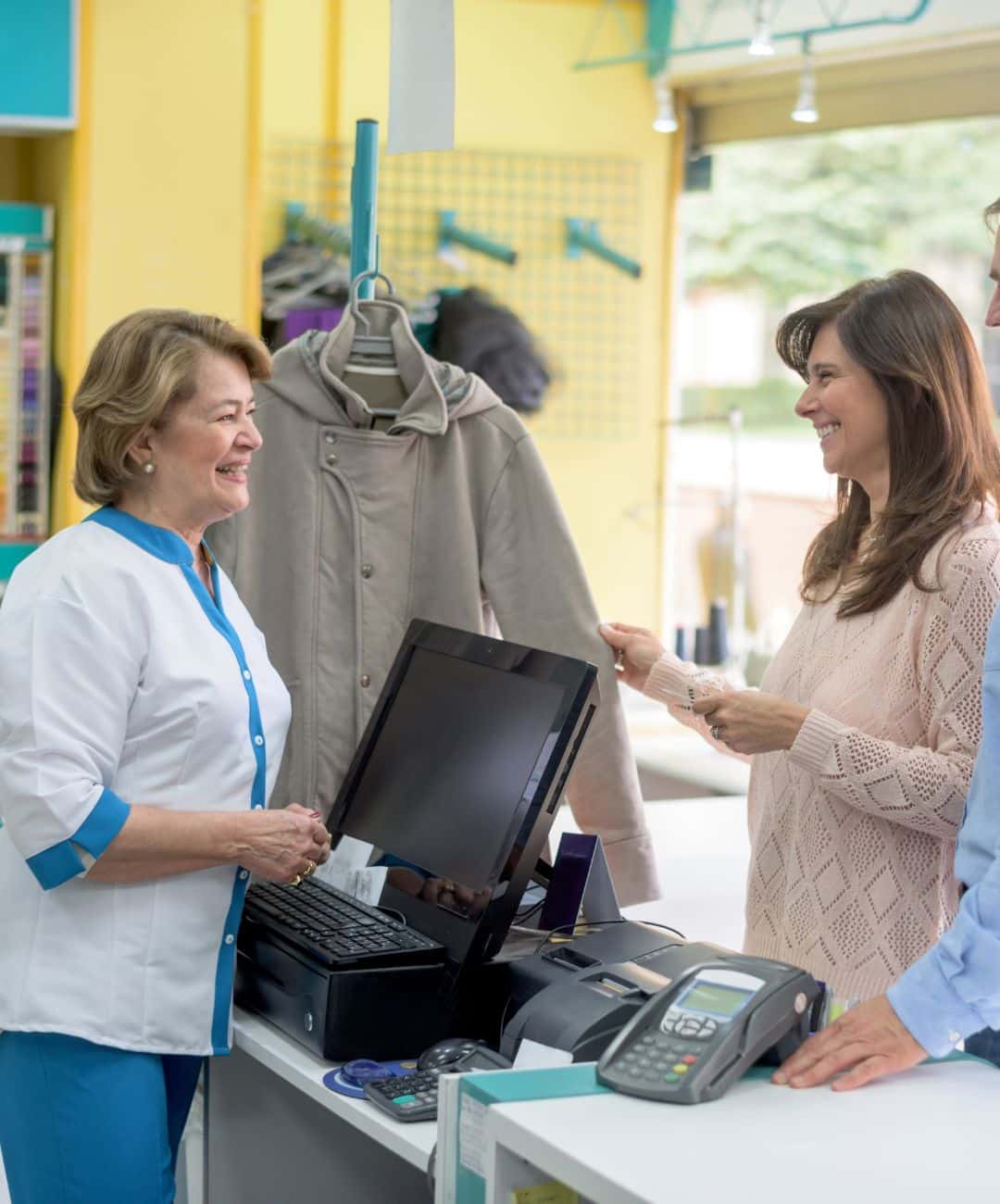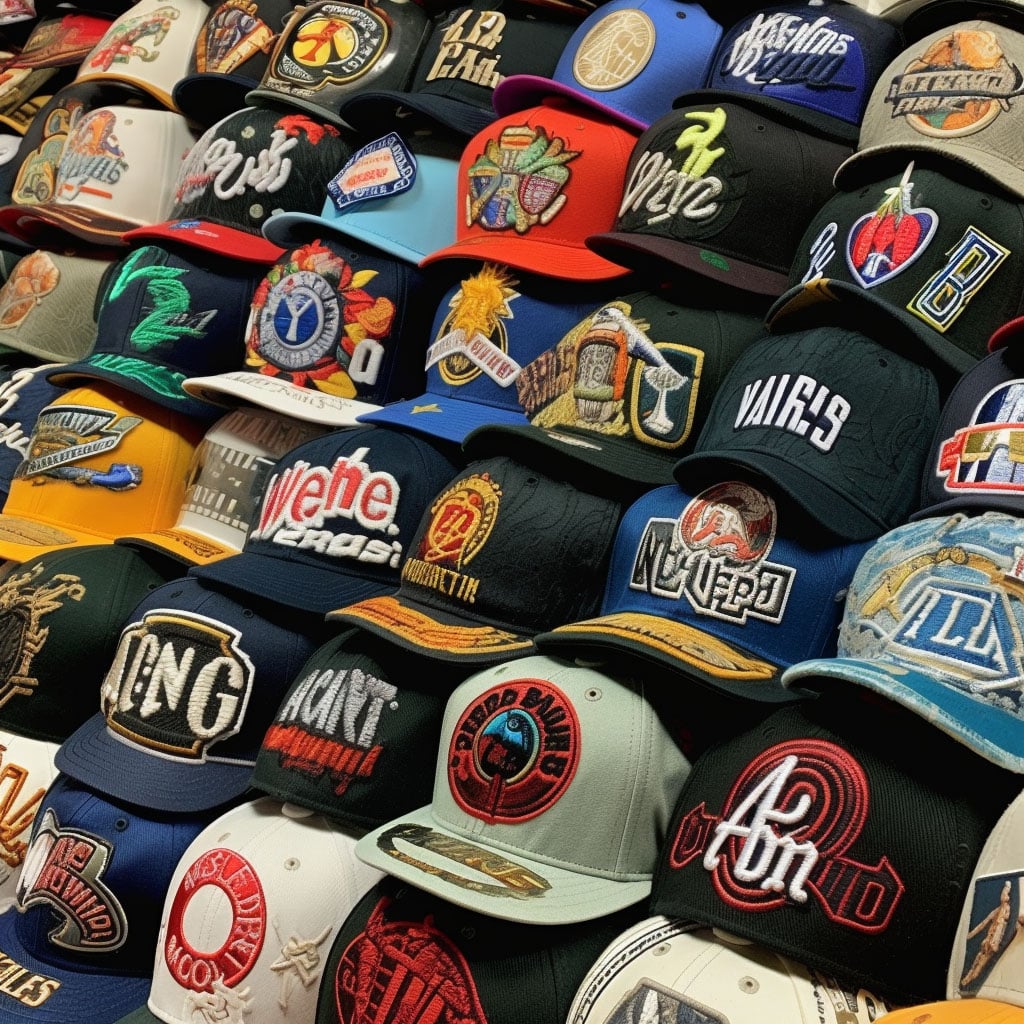Something that is often overlooked in business, is a customer’s lifetime value. Everyone is so focused on the current sale. How much is this customer ordering right now? But that initial purchase isn’t the whole story, in fact it’s the least important.
What is important is your future with that customer. How much is that customer bringing in in terms of revenue long term? Because one thing to take to heart is that rarely do people make one custom apparel order. As an example: a sports club looking to get embroidered jackets – they’re going to get new club members every year, and those new members will need jackets. If you do a good job, and create an authentic customer experience, that club will continue to order from you.
Calculating a customer’s lifetime value
What is the customer’s initial value? Perhaps they’re a small company with 10 employees and they need company shirts for each employee – one for each day of the work week, so 5 shirts each. If we say the shirts cost $25 each, their initial value comes to $1250.
Next you need to think about how long you think you can keep that customer for. This number may change over time, but as an initial value we’ll say you can confidently keep that customer for 3 years. This customer’s lifetime value is now estimated at $3750.
What is your profit margin on those shirts? To use a nice round number, let’s say your profit margin is 50%, making your profit from that customer $1875.
Now that number might not seem very high, but how many customers do you have right now? 10, 50, 100?
If you have even 100 customers, and their initial value is around $1250 each, over the next three years, their collective lifetime value is $375,000, and your profit from them is $187,500.
But a customer’s lifetime value doesn’t just end there. If you do a great job for that customer, they’re going to talk about you. People are going to ask them where they got their embroidered t-shirts or their promotional products from. This can be a little bit more difficult to figure out, but not impossible.
Think about each customer individually. What do you know about them? What do they do for a living? Are they a part of any sports team or community group? Are they outgoing and bubbly, or are they more reserved. For potential referrals you want to give your customers a rating between 0-0.5 and this is the likely-hood that they’re going to refer you. They might be a zero – if you don’t feel like they’re likely to talk about your business. But they might talk to a handful of people and so they’d be a 0.2. With that factor in there you can then multiply their overall lifetime value of $3750 x 0.2. This comes to $750. Meaning they’re likely to generate you an additional $750 in referrals.
How do you determine a customer’s referral factor?
It really all depends on they type of person they are.
Are they a Connector, a Salesperson, or a Maven? Because all three of these types of people are going to have a high referral factor. Why?
A Connector is someone that knows everyone else. They know a great mechanic, they know a personal trainer, they know a nanny, etc, etc. They are connected to a wide group of people in different areas of business or in hobbies. As a salesperson, a connector is going to know other people and businesses who need what you do. So they are great to ask directly “Who do you know who needs what I do?”
A Salesperson is quite different. They’re going to convince everyone they know to buy from the same place they do. Why? Because they had a great experience and want to everyone else they know to have the same experience. If you tell this person you want to buy a car stereo and you’re thinking of going to such-and-such a place, they will convince you not to go there, but to the place they bought there’s from. So this salesperson is going to talk directly to other people and get them to come to you.
Lastly, the Maven. A Maven collects all kinds of information, and know where to get the best product but also the best deal. That means that this person can be good or slightly bad for your business, and only because they tell it like they see it. So they might tell someone “If you want embroidered t-shirts go see this guy, but it you want Letterman jackets, I’d recommend that guy over there.” So they have the potential the bring you business, but may also tell someone to go somewhere else.
What is your customer is none of these people? It’s okay for a customer to have a referral factor of zero. Not all your customers are going to talk about you. But you still need to provide them with an amazing customer experience because you may get a higher initial or lifetime value from them.
You should always think about whether your customer fits into one of these three categories above. And then from there give them a referral value, between 0.1-0.5. Another thing to keep in mind is that this value can change over time. Perhaps they start out as a 0.1. They’re a coach for a small sports club, they seem nice enough, but you’re not really sure what kind of referrals they’ll send your way. But then in the first year you get 3-5 referrals from them. That just increased their lifetime value, so perhaps they’re now a 0.4.
This referral value is not only beneficial for you to get a sense of that customer’s lifetime value, but will also help you make business decisions when it comes to dealing with that customer. If you’re dealing with a customer with a referral value of 0, for sure, give them amazing customer service, but the higher the lifetime and referral value may affect whether or not you decide to give the customer a price break, or what kinds of hoops are you willing to jump through to close the sale. It’ll also affect how often you follow-up with them and how much energy you put into trying to get a future sale.
Ask questions
Asking your customer questions will help you determine their lifetime value:
- What are the shirts for?
- Have they ordered custom apparel before?
- If so were they from the same company? If not, why not?
- What do they do for a living? Especially it the product is for a club or a charity.
- Are the shirts for an annual event.
Don’t be afraid to ask you customers for referrals. Referrals can provide you with the better life long customers. The embroidery business, the t-shirt transfer business relies heavily on referrals. And people like to work with people and businesses they know, like, and trust. This in the end means their more likely to order from you if they know someone else who already has, and was satisfied with your products and service







